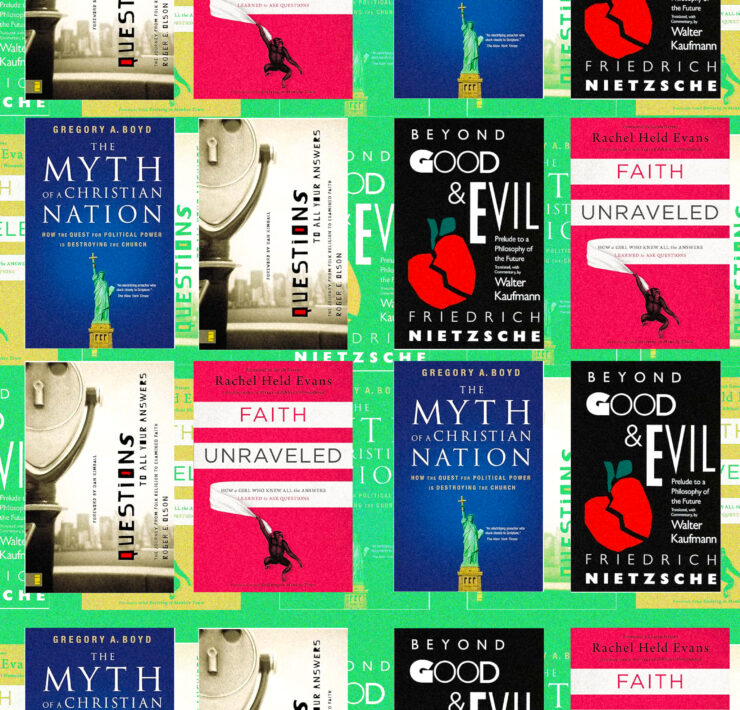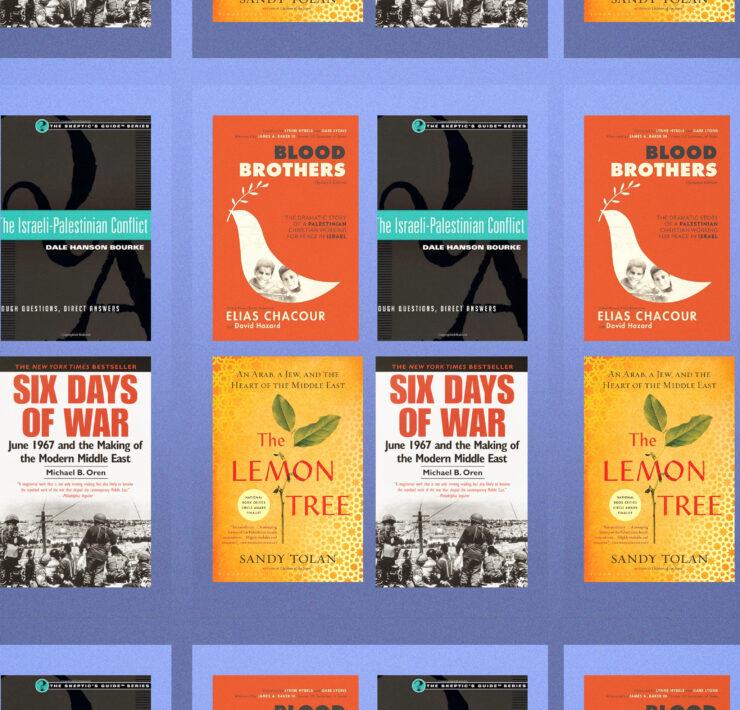Hatred is so much easier than love.
“Kids, come to our room please.” My four teenage children came into our bedroom and joined my wife and I on our bed. We watched in stunned silence as the first moments of Russia’s full-scale invasion of Ukraine played out on live television.
Our family joined millions of others around the world who were trying to process the unprovoked and unnecessary attack that was sure to bring grief, pain, and loss to untold numbers of people in Ukraine and around the world.
Emotions moved naturally between sadness, anger, confusion and helplessness. I was personally feeling familiar frustration toward the perpetrators of injustice as I listened to interviews with families that feared for their lives.
15 minutes passed before we muted the television and started to pray. My wife, Dara, and I brought our babies in close and prayed for families in Ukraine that would soon have their lives interrupted and homes devastated by senseless war. Dara prayed for Ukrainian government and military leaders that would need wisdom in the midst of chaos and conflict. We prayed for the God of justice to act swiftly and decisively on behalf of our Ukrainian brothers and sisters.
Our natural inclination was to pray for everyone involved.
Everyone except Vladimir Putin.
Love Your Enemies
Love your enemies and pray for those who persecute you.
Matthew 5:44 is a counterintuitive teaching from Jesus. Instead of reciprocating hatred with more of the same, Jesus seems to instruct us to do the impossible. We are asked to view the person that brings persecution as our neighbor worthy of the same love and prayer as our own family.
In the context of February 24, 2022 — the night of the invasion into Ukraine — Jesus directs us to love Russian soldiers, even those who seethe with unreasonable hatred. Jesus compels us to pray for Vladimir Putin, even as he remains the central antagonist in this horrific conflict.
Unresisted, human nature naturally carries anger toward hate. Physical retribution toward our enemies promises to be the anecdote to a broken heart. However, hatred searches for further offenses to be vindicated. Hatred breaks, tears down, fractures and divides. The end goal of rage is not to bring resolution but revenge. Turning to hatred is a way of taking the injustices we see into our own hands, taking on a brokenness that is too big to individually carry. Hatred never brings healing.
So, what can we do with the anger? How do we respond to injustice if not with hatred directed toward those who inflict it?
Moments from physical death, Jesus prayed for the soldiers who nailed Him to the cross. He asked God to forgive them because they did not know what they were doing. He expressed love in the face of excruciating pain, violence and sure death. He chose to look beyond Himself toward a love that is rooted deeply in the knowledge of the God of justice.
He chose to love and pray instead of hate.
And He calls us to do the same.
Love is an almost-impossible response to anger when hatred comes so naturally. Love requires recognizing our own limitations and helplessness; rather than taking injustice into our own hands and letting our anger turn to hatred and fester inside of us, it requires opening our hands and hearts and surrendering to a force that is stronger than injustice and hatred. A force that builds and strengthens and creates and transforms.
Love and prayer for our enemies is just as much for us as it is for the persecutor. The power of our emotions can lead us down unintended paths. Anger can move us to action, yet the direction of our passion will determine the state of our heart. The distance between anger, love, and hatred are closer than we like to imagine. Each one involves various expressions of passion. Love and prayer orient our hearts and our anger away from hatred and remind us that true healing can only come from Jesus. We model our lives after His, and His life modeled love.
Unless we invite the Holy Spirit to lead and guide our passion, we can find ourselves poisoned from the inside out with misguided rage. The move from anger to hatred invites insatiable pain. The move from anger to love promotes healing.
The Anecdote for Hate
The next day, our family gathered around the dining room table as updates from Ukraine flashed across the television in the living room. We invited the kids to ask questions about the war. Many times, Dara and I had no answers because we were asking the same questions. But we were together, and the kids knew that they had a safe place to process what they heard at school, on the news, and overheard from adults throughout the day.
“We need to pray for everyone impacted by this terrible war,” I said.
They all nodded in agreement.
“We should have done this last night,” I continued. “We need to pray for Vladimir Putin, the government and military leaders in Russia and the soldiers that are inflicting so much pain.”
I could see the progression from confusion to acceptance take place faster than I anticipated, as if they instinctively knew that prayer was for everyone. “That makes sense,” my 18-year-old son, Max, said as he stared past the table settings and reflected on what I was asking.
We chose to direct our anger toward love so that hatred had no room in our hearts and home. We prayed for everyone involved in this conflict. We opened our hands and hearts to the only love that can heal individuals, families, and nations.
Love and prayer is the anecdote for hate.























